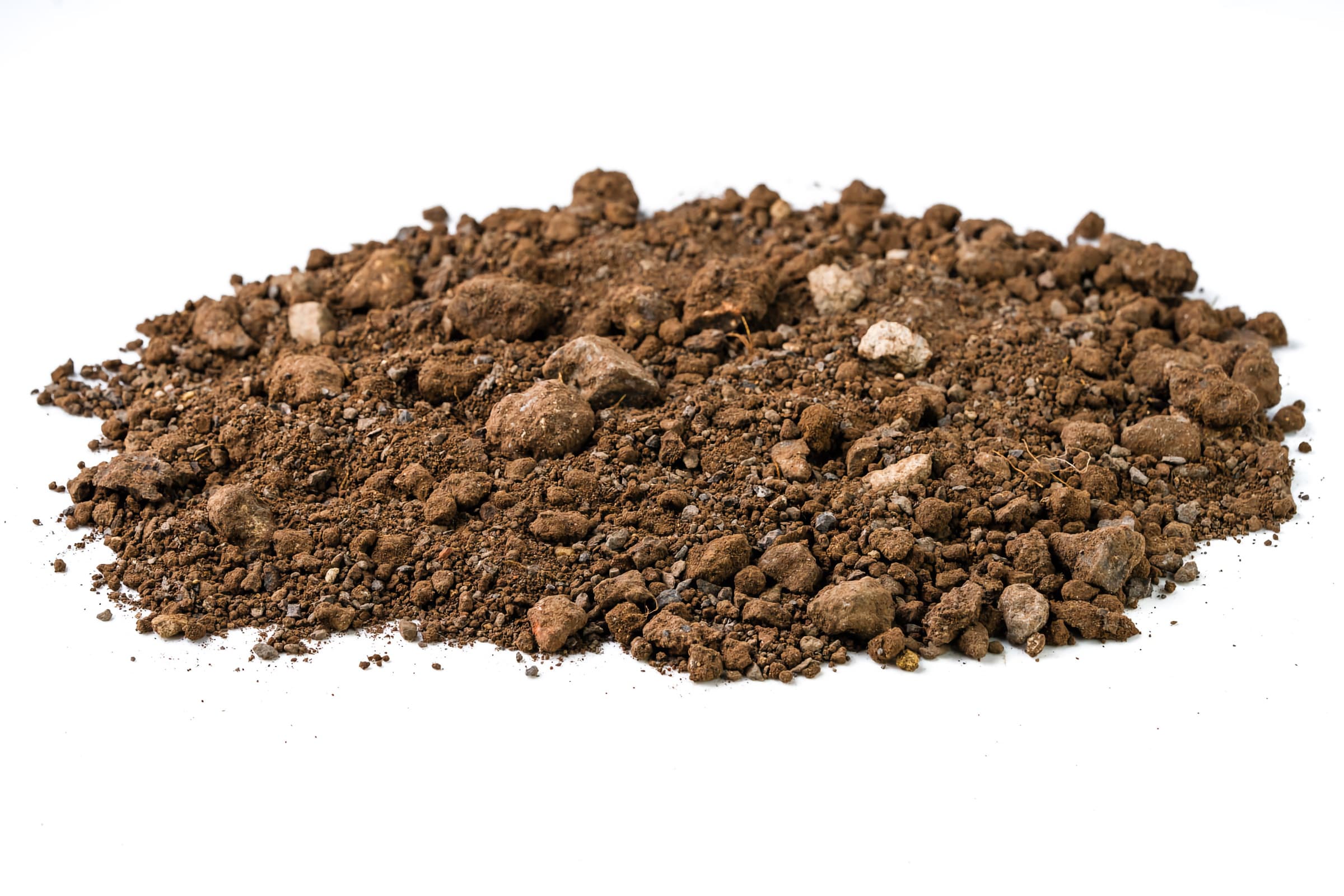Type B fill is most commonly used within the construction industry as a lightweight backfill material, widely used in retaining walls and embankments. Integrating type B fill can provide structural support, enhance stability, and efficient drainage management when dealing with soils of lower stability.
Type B fill typically comprises a well-considered mixture of materials, well-graded soils and aggregates. By ensuring structural integrity and proficient drainage, Type B fill is instrumental in augmenting the durability and resilience of constructions on weaker soil foundations.
Applications
Conducting professional geotechnical assessments and soil testing is crucial to determine the appropriate Type B fill material for a specific project. Consulting with construction professionals, engineers, and geotechnical experts will ensure that the chosen Type B fill meets the project’s requirements, is properly installed, and performs optimally for its intended application.
Type B fill finds a versatile range of applications in the construction industry, making it a valuable asset in various projects. It plays a pivotal role in constructing embankments, engineered slopes, and retaining walls, where its stability-enhancing qualities help mitigate erosion risks. In road construction, Type B fill serves as a dependable subbase material, offering a stable foundation for pavement layers and effectively supporting the weight of vehicles.
Landscaping projects also benefit from using Type B fill, enabling the creation of elevation changes, terrain shaping, and building up areas as required. This material plays the backfill role within utility installation endeavours, providing vital support to utility lines and pipes within trenches. Lastly, Type B fill is a reliable choice for structural support in various construction projects, including foundations and building pads, where its stability and structural integrity bolster the longevity and robustness of the structures.
Benefits
Type B fill boasts many advantages, making it a valuable choice in various construction scenarios. Its hallmark attribute lies in providing stability and substantial load-bearing capacity, rendering it well-suited for applications requiring a dependable and secure base. Type B fill is also engineered with proper drainage properties, efficiently thwarting water accumulation and potential damage concerns.
Erosion control is another key benefit, as Type B fill plays a role in stabilizing slopes and embankments, effectively reducing the risk of soil erosion and maintaining project integrity. Furthermore, it serves as a solid foundation for structures, diminishing the potential for settling and ensuring enduring stability. This material is distinguished by its uniformity, engineered to be well-graded and consistent, minimizing the risks of settling or uneven subsidence.
The versatility of Type B fill is noteworthy, catering to a spectrum of applications, spanning landscaping to road construction, thereby affording flexibility in project design.
Type B fill contributes to infrastructure longevity when installed as per the required functionality, reducing the need for maintenance and repair. Type B fill adheres to specific engineering and regulatory standards, aligning with safety and environmental regulations.
Products
More like this
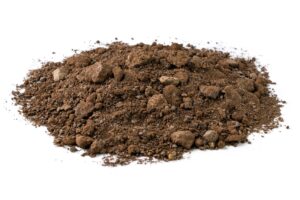
Type A Fill
Type A fill refers to a specific classification of engineered fill material commonly used in construction projects, providing a stable and compacted base for various structures.Type A material, known for its low permeability, is positioned...
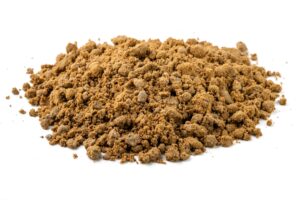
Tailings
Tailings are the waste materials left behind after extracting valuable minerals from ores in industries like mining and mineral extraction. These residual materials consist of finely ground particles, often in a slurry form, and vary in...
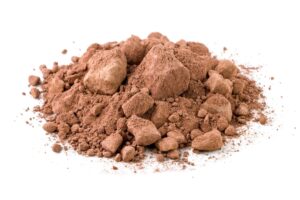
Mud Stone
Mudstone is a type of sedimentary rock that is composed of fine-grained particles, including clay minerals and silt, derived from the settling of clay in calm water bodies. It forms through the accumulation and compaction of these small...
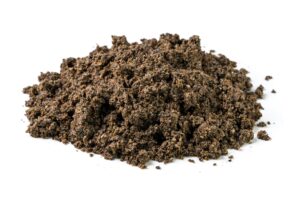
Clean Fill
“Clean fill” is a fundamental term in the construction industry, denoting earth materials, such as soil, rock, sand, gravel, or similar substances, that are devoid of contaminants, debris, or hazardous elements.
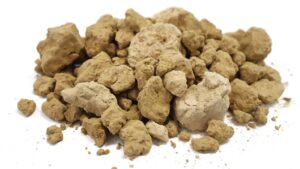
Clay Overburden
Clay overburden is the stratum of clay-rich material that frequently overlays valuable subterranean resources or mineral deposits. Typically, it is extracted and temporarily relocated during mining or excavation operations to facilitate...
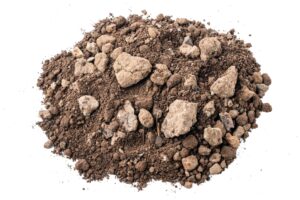
Clay
Clay is a fine-grained soil material composed of minuscule mineral particles and organic matter. Its notable characteristic is its inherent plasticity and cohesion when in a moist state, while transitioning to a firm and compact form when...

Capping Clay
“Capping clay” refers to a particular variety of clay that develops a natural firm, solid layer or crust on the soil’s surface following periods of rainfall or irrigation as it dries.

Case
studies

Normark
Established in 1977, Normark are a second generation family business specialising in landscape design and construction across Melbourne. "From inner-city Melbourne courtyards to large commercial open spaces, Normark will deliver."

Normark
Established in 1977, Normark are a second generation family business specialising in landscape design and construction across Melbourne. "From inner-city Melbourne courtyards to large commercial open spaces, Normark will deliver."

Normark
Established in 1977, Normark are a second generation family business specialising in landscape design and construction across Melbourne. "From inner-city Melbourne courtyards to large commercial open spaces, Normark will deliver."

Normark
Established in 1977, Normark are a second generation family business specialising in landscape design and construction across Melbourne. "From inner-city Melbourne courtyards to large commercial open spaces, Normark will deliver."

Normark
Established in 1977, Normark are a second generation family business specialising in landscape design and construction across Melbourne. "From inner-city Melbourne courtyards to large commercial open spaces, Normark will deliver."

